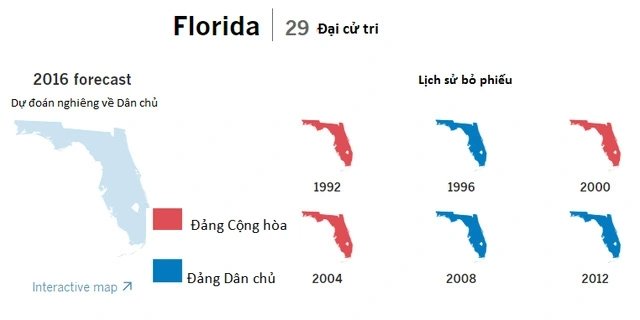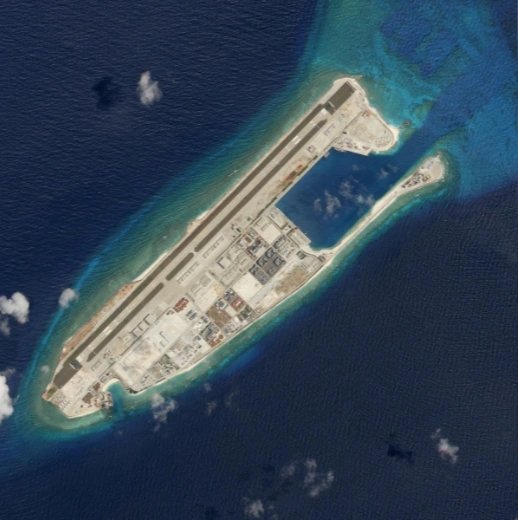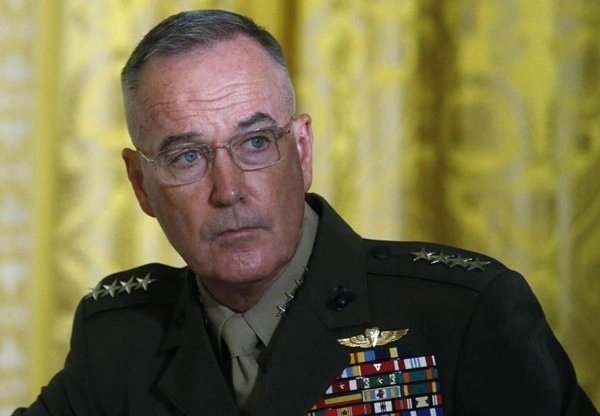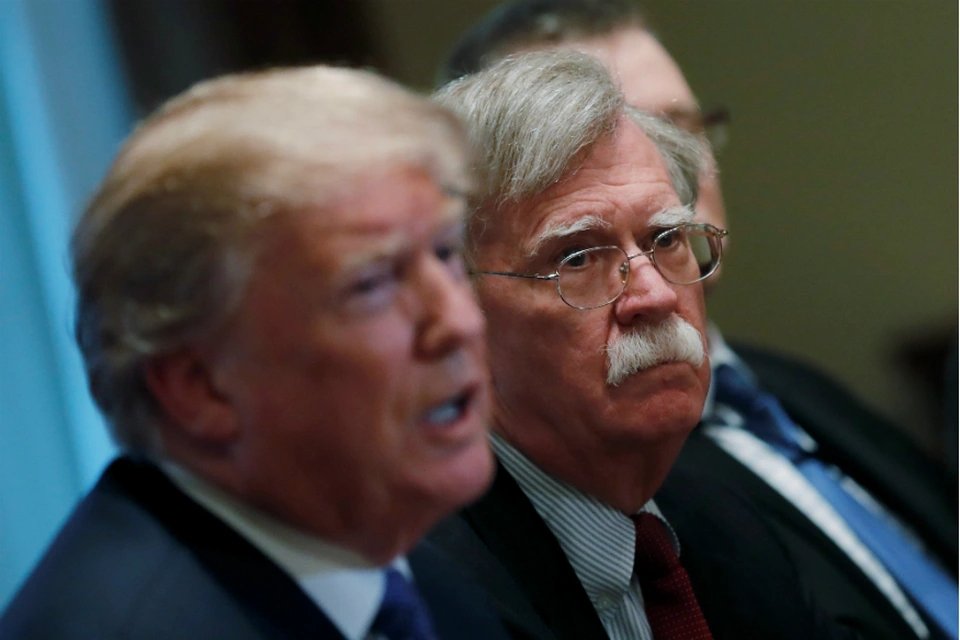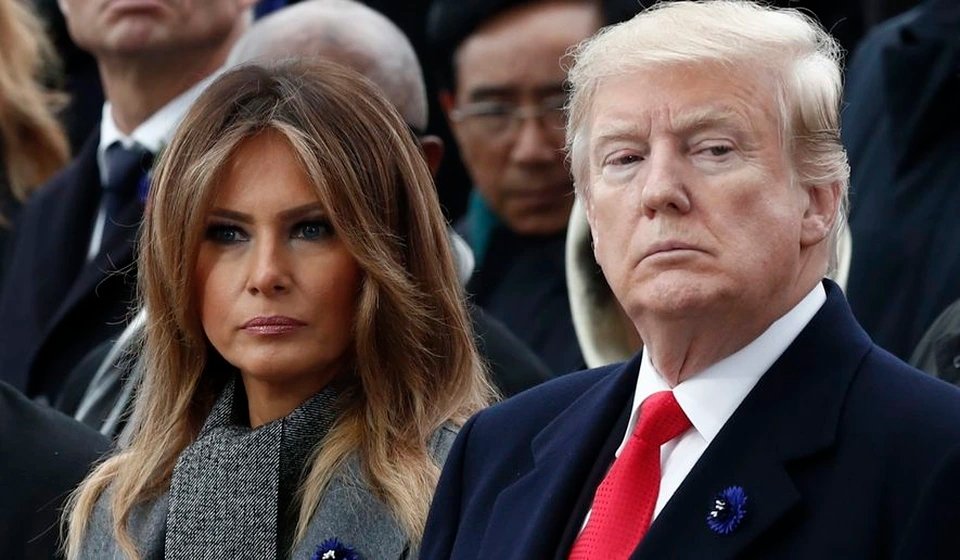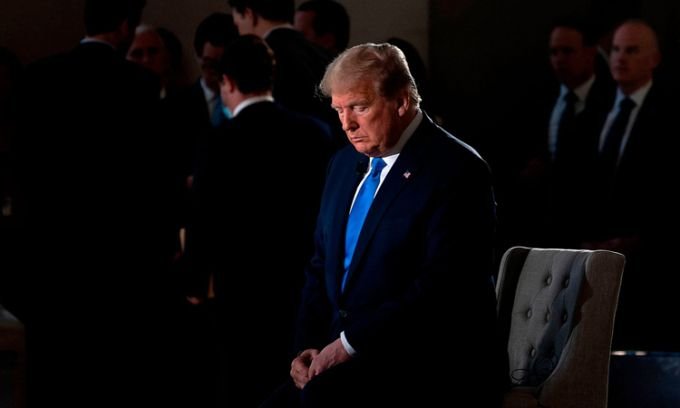
More than half of US states have begun easing their lockdowns in a sign of optimism about opening up the economy, which is vital to President Donald Trump’s re-election hopes and the more than 30 million people who have lost their jobs.
In an interview with Fox News channel on May 3, the US President admitted that the number of deaths from Covid-19 will surpass the White House’s previous predictions.
President Donald Trump during an interview with Fox News in Washington, DC, May 3.
The Institute for Health Metrics and Evaluation (IHME) at the University of Washington on May 4 changed its forecast model, saying that 134,000 Americans could die from nCoV by August this year, double the agency’s prediction.
Meanwhile, an internal report from the US Centers for Disease Control and Prevention (CDC) said the country could increase by 200,000 new nCoV infections a day in June, while the number of deaths could also increase.
New forecasts along with actual data on the epidemic situation in many states show that the US has no scientific basis to open businesses, restaurants, and bars.
Anthony Fauci, the top adviser on the White House’s Covid-19 response team, said he was not aware of the assumptions made in the new forecast models, but said they were not wrong in predicting an easing of lockdowns
`Finding a balanced option for a problem is always very difficult,` Fauci said on CNN’s `Cuomo Prime Time` program on May 4.
The US has recorded more than 70,000 deaths and more than 1.2 million people infected with nCoV.
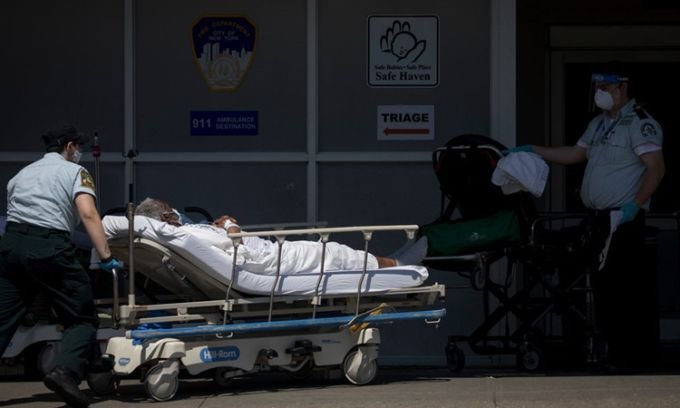
Covid-19 patients were transferred to a hospital in Brooklyn, New York, on May 2.
It is clear that President Trump, state governors and local leaders are facing a scary choice, after weeks of US blockade and severe economic damage.
CNN editor Stephen Collinson said that the new projections of the number of infected people and deaths send a message that until a vaccine for nCoV has not been developed, the US will face a choice between the pain of the epidemic and
`Of course everyone wants to save all the lives they can. But the question is where will it ultimately go?`, asked Chris Christie, former governor of New Jersey.
But Trump seems to find a way to avoid this issue.
In an interview with Fox News on May 3, Trump, who always said that `he sees the light at the end of the tunnel`, criticized some states for being slow in reopening and painted a picture that did not reflect
`I know not many states have a complicated epidemic situation. Most people are on track,` Trump said, adding that `I like the states that are opening up. They will open up safely and quickly.`
Last weekend, Jared Kushner, Trump’s son-in-law and senior adviser, asserted `our data and President Trump have created a safe path to open the country.`
But predictions published by IHME on May 4 show that the price to pay for easing the blockade and opening the economy will be very expensive.
Ali Mokdad, a professor of health metrics sciences at IHME , said that the prediction of a doubling of deaths was based on the fact that many states lifted lockdowns too early and that new outbreaks emerged as a result.
Many states such as Minnesota and Illinois have seen sharp increases in the epidemic curve, while several states have yet to meet the 14-day continuous decline in cases requirement in the White House’s reopening guidelines.
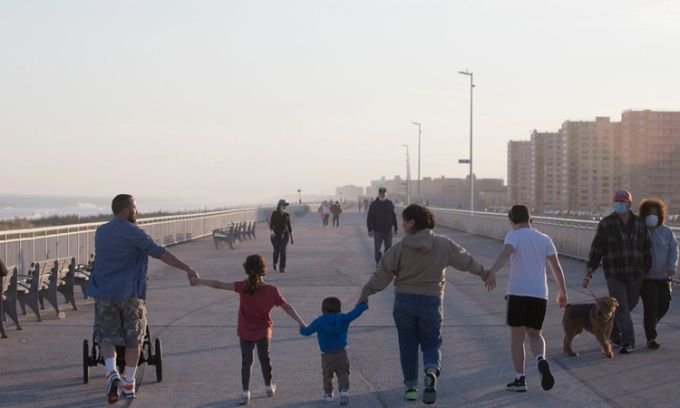
An American family walks on the road near Rockaway beach in Queens, New York, on the afternoon of May 2.
Andy Slavitt, the top health expert of former President Obama’s administration, warned that excluding places that have peaked the epidemic such as New York, New Jersey and Connecticut, the number of nCoV infections in the US is increasing at a rate of 20%.
`When we implement stay-at-home orders, we help slow the spread of the epidemic. But what we haven’t done yet is eradicate this virus. nCoV will still exist somewhere,` Slavitt said.

